It’s one of those names that shows up on everything from crate engines to jackets, but ask five different people what “Mopar” means and you’ll get five different answers. Some think it’s just a nickname for Dodge muscle cars. Others associate it with parts catalogs or Super Bees. The truth is a bit more layered. The Mopar name has been around since the 1930s and has taken on a life far beyond its original purpose. This article breaks down ten key facts that explain where the name came from, how it evolved, and why it still matters.
It Started as a Parts Brand in 1937
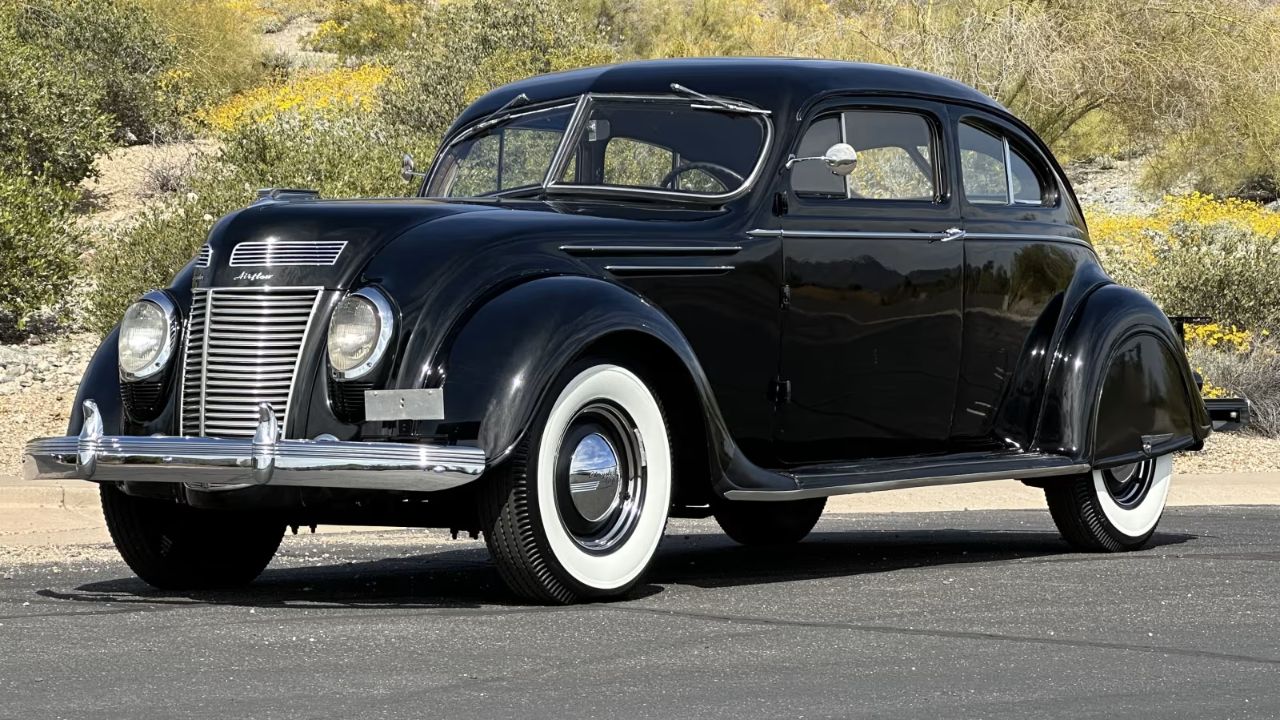
The name “Mopar” was first introduced by Chrysler in 1937 as a contraction of “Motor Parts.” It wasn’t meant to represent an entire division—just a branding label for a line of antifreeze and maintenance parts sold through dealerships. The first product officially bearing the Mopar name was Chrysler’s glycol-based antifreeze, which replaced earlier alcohol-based coolants. The term caught on quickly, largely because it was short, easy to remember, and unique in the parts world.
Mopar Was Never Meant to Represent Dodge or Plymouth
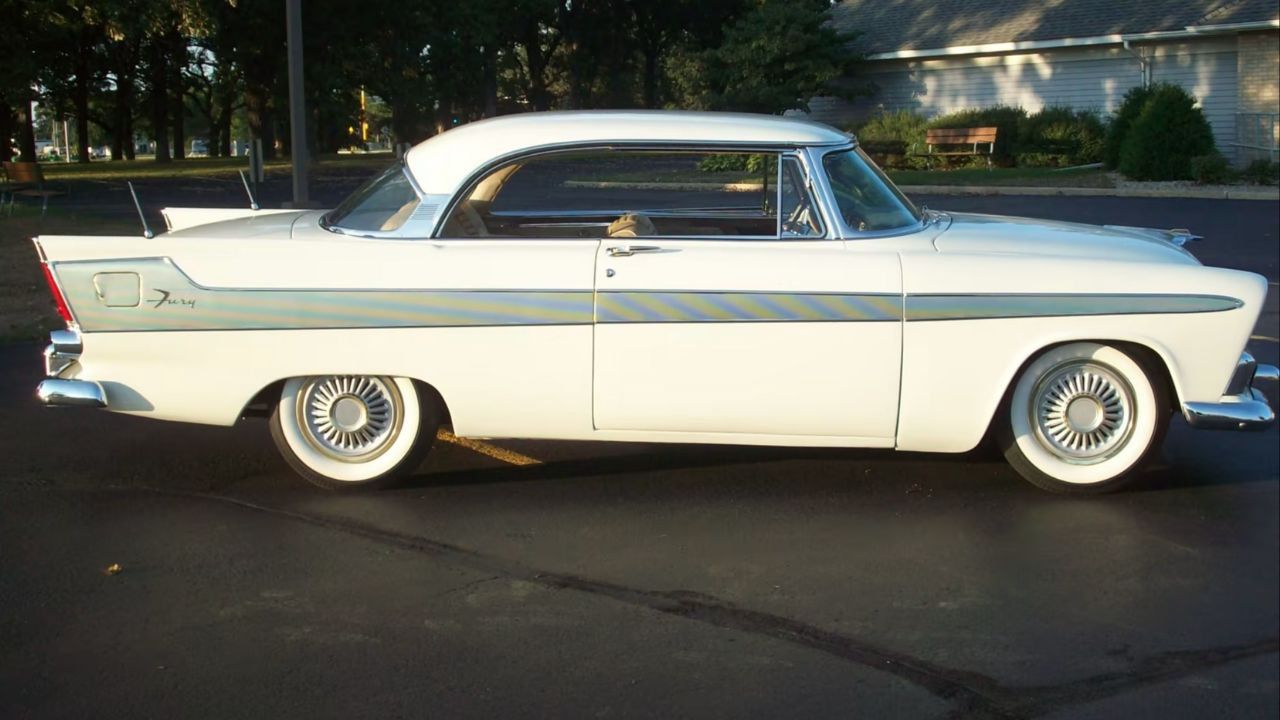
When the name was introduced, it had nothing to do with Dodge, DeSoto, or Plymouth as car brands. It was strictly internal—just a parts supply chain solution under Chrysler Corporation’s umbrella. The public wouldn’t start using “Mopar” to describe entire cars until decades later. During the 1950s and ’60s, as Chrysler performance parts gained a reputation for being durable and track-ready, the term slowly started leaking into popular gearhead vocabulary.
The Muscle Car Era Changed Everything
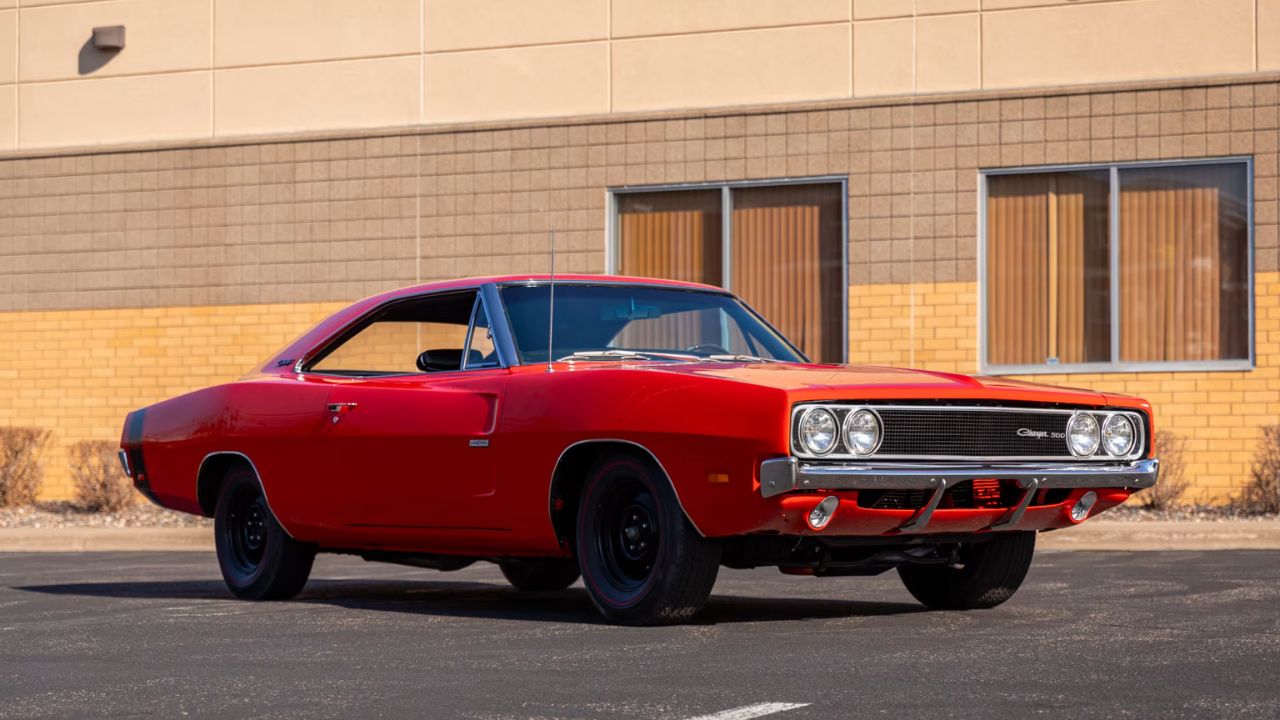
In the late 1960s and early ’70s, Mopar started becoming shorthand for Chrysler’s muscle cars—like the Charger, Road Runner, and Cuda. This wasn’t part of an official marketing push. Instead, the term spread organically among racers, dealers, and car owners who wanted to signal they were running Chrysler power. The term became a badge of identity in the muscle car wars, especially when facing off against GM and Ford rivals at the dragstrip.
Mopar Performance Was an Actual Division
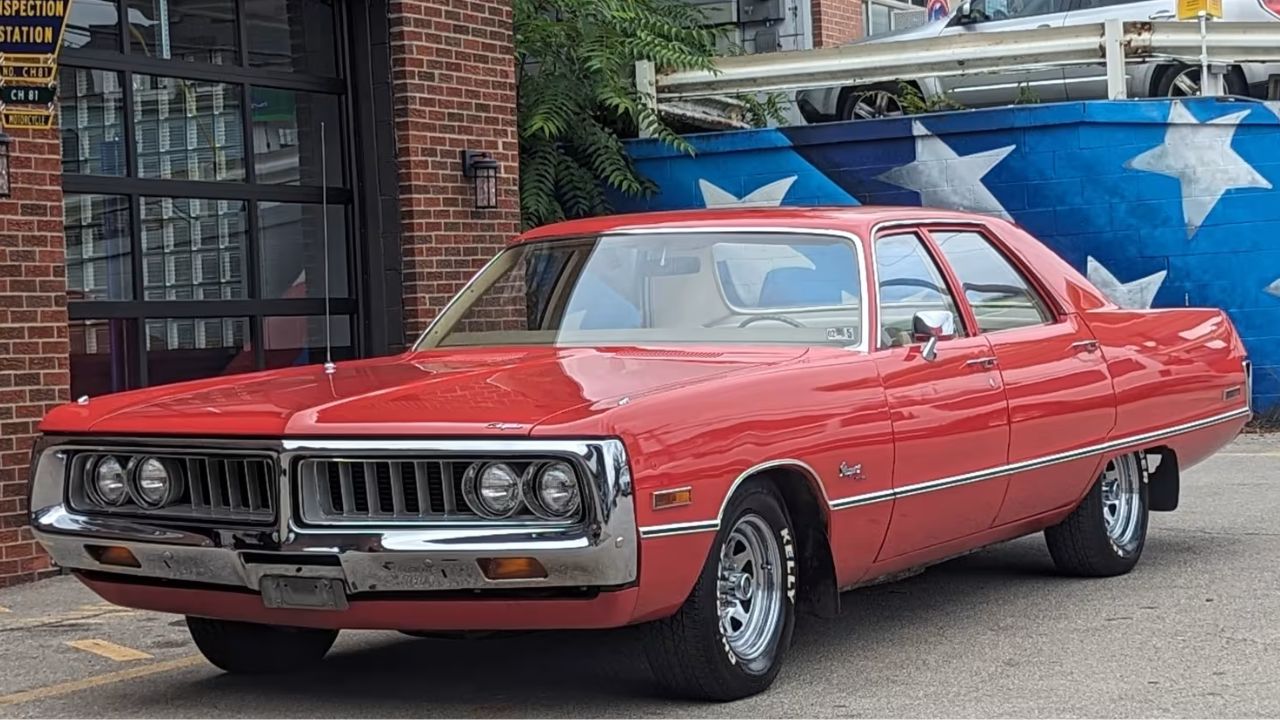
In 1972, Chrysler finally leaned into the name and created an official “Mopar Performance” parts division. This move legitimized what had already been happening underground. The catalog became a go-to source for camshafts, manifolds, heads, and drivetrain parts built specifically for track use. It gave racers and hobbyists direct factory access to gear once limited to insiders or racing teams. It also marked the first time Chrysler treated Mopar as more than a brand label.
NHRA Factory Support Solidified the Identity
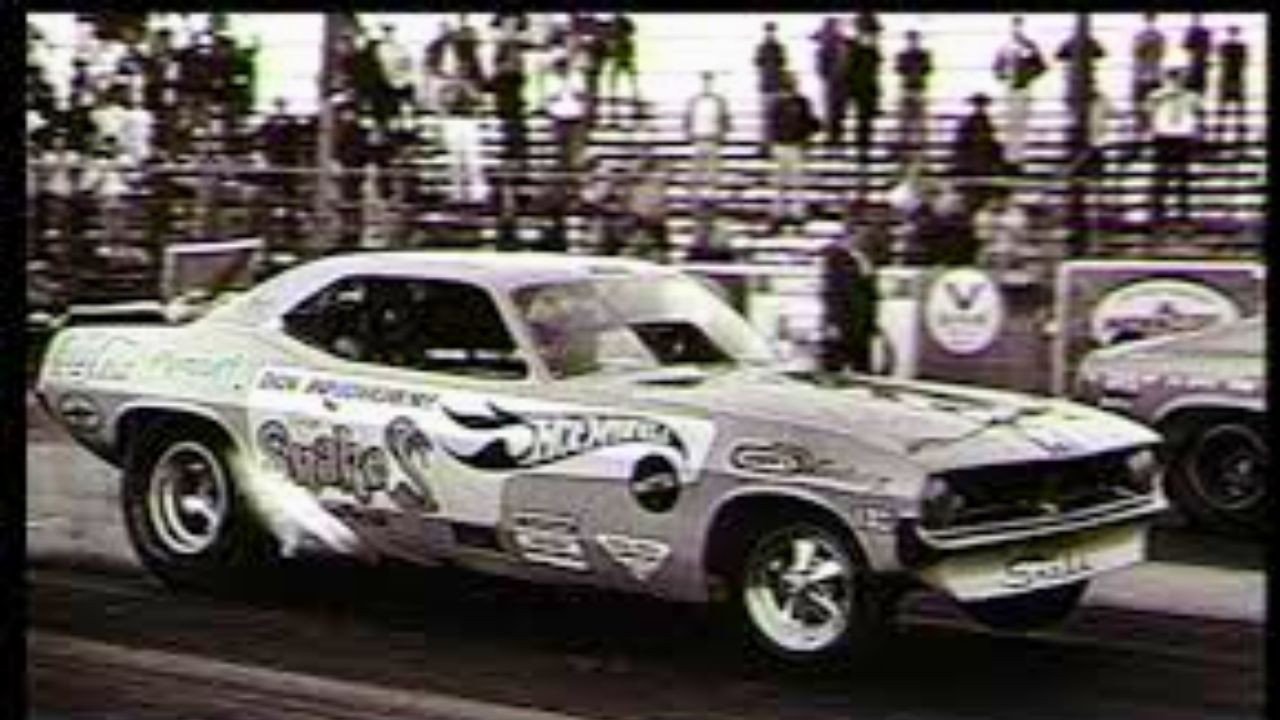
Mopar’s name gained serious traction thanks to Chrysler’s heavy involvement in NHRA drag racing during the 1960s and 1970s. Racers like Sox & Martin, Don Prudhomme, and Dick Landy carried the Mopar banner in Super Stock and Pro Stock, often with factory support. These associations gave Mopar real credibility among performance circles and further separated it from just being a parts catalog. By the time the HEMI cars were dominating the strip, Mopar was a household name in racing.
Mopar Wasn’t Always a Compliment
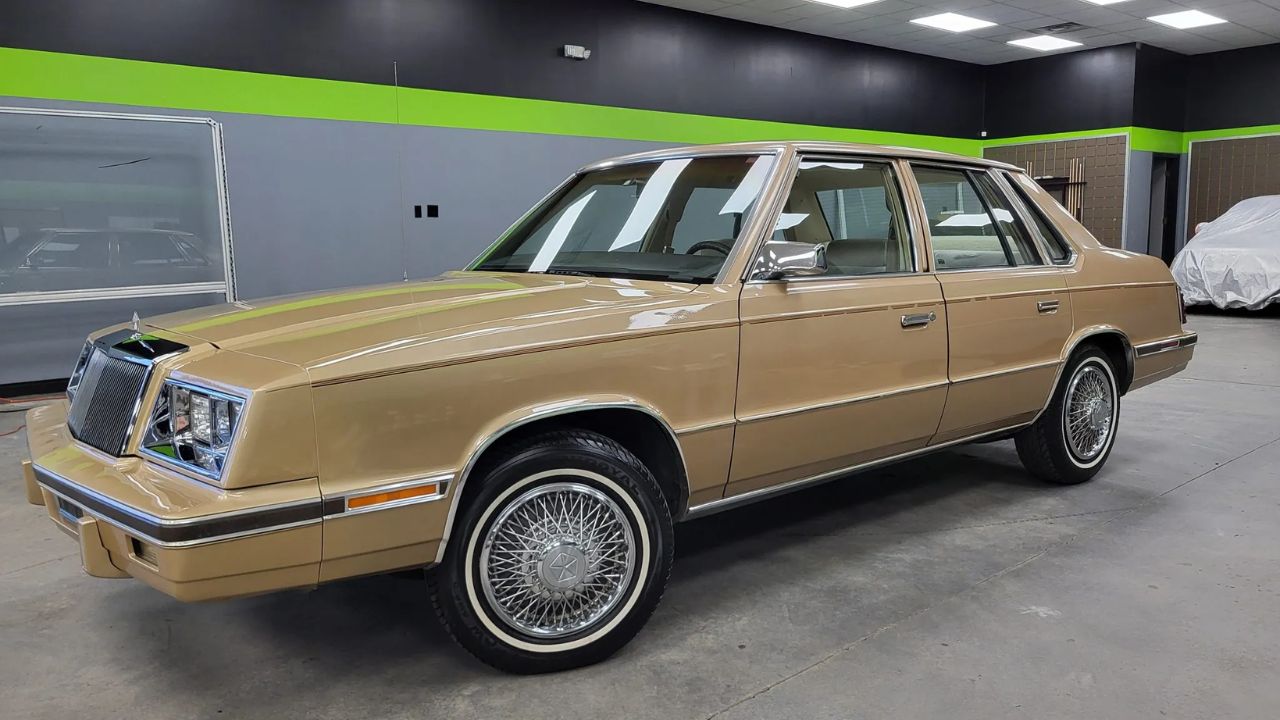
For a while, especially during the emissions-choked late ’70s and early ’80s, being a “Mopar guy” came with baggage. Chrysler’s reputation for reliability had taken a hit, and the Mopar name started to carry some negative weight among mainstream drivers. Yet the brand stuck with the hardcore base, especially those who prized rear-drive V8 platforms. Mopar owners often kept older cars running well past their expiration dates, partly because of how available factory parts remained.
The Mopar Club Scene Kept It Alive
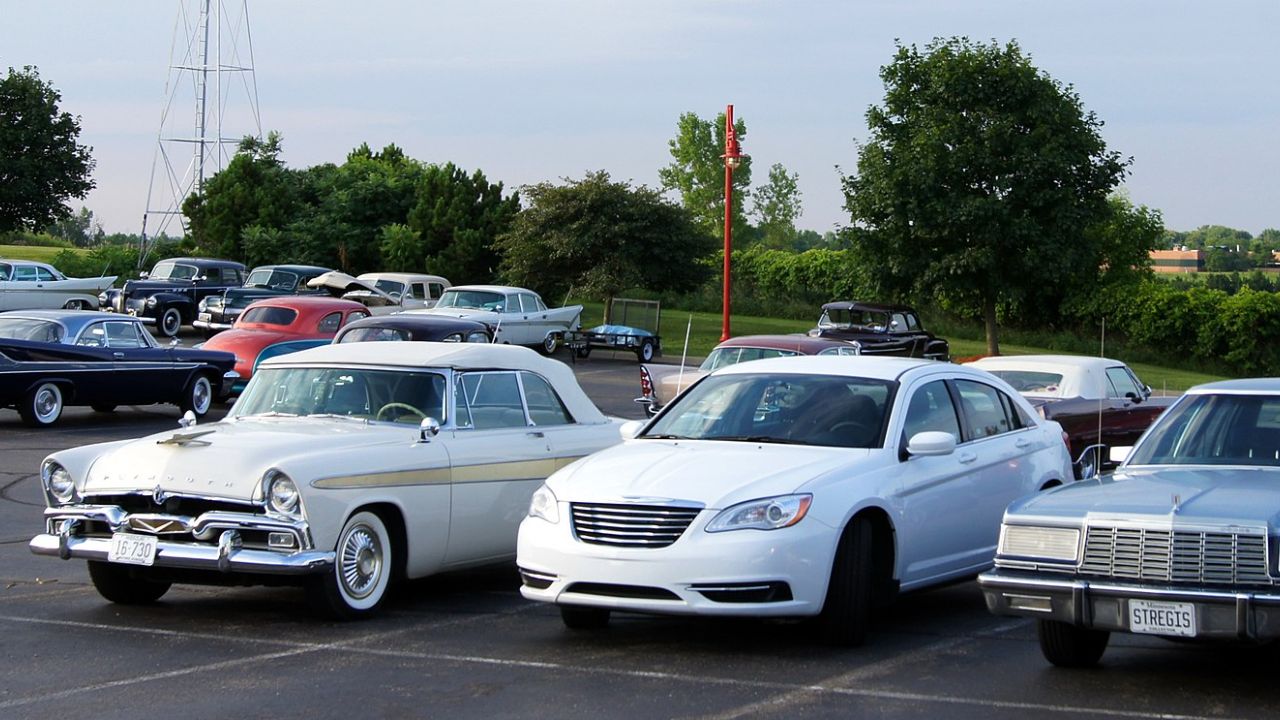
As the muscle car era faded, Mopar found a second life through car clubs and gatherings. Groups like the Mopar Nationals and Mopar Muscle Club of America preserved the brand’s culture when factory support had dried up. This era is also when “Mopar or No Car” started circulating, reflecting a sort of tribal loyalty that helped differentiate the community. By the time Chrysler began rolling out modern performance cars again, the Mopar crowd was still very much intact.
Chrysler Leaned on the Name Again in the 2000s
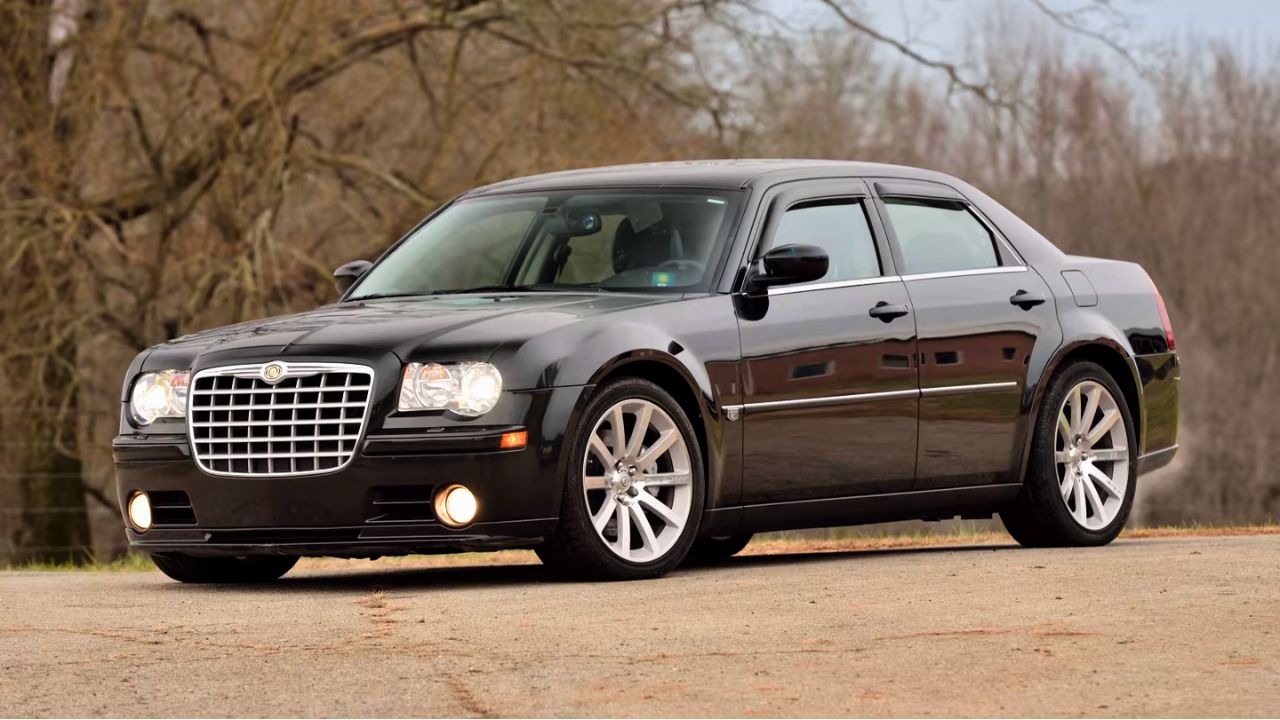
With the return of rear-drive V8 cars like the Charger, Challenger, and 300C in the early 2000s, Chrysler began branding limited-edition trims with the Mopar name. These factory-built specials typically featured unique paint, performance tuning, and serialized plaques. The 2010 Mopar ’10 Challenger was one of the first, and it set the tone for a series of annual editions that blurred the line between factory build and aftermarket mod. The name officially came full circle.
Mopar Today Is Global and Digital
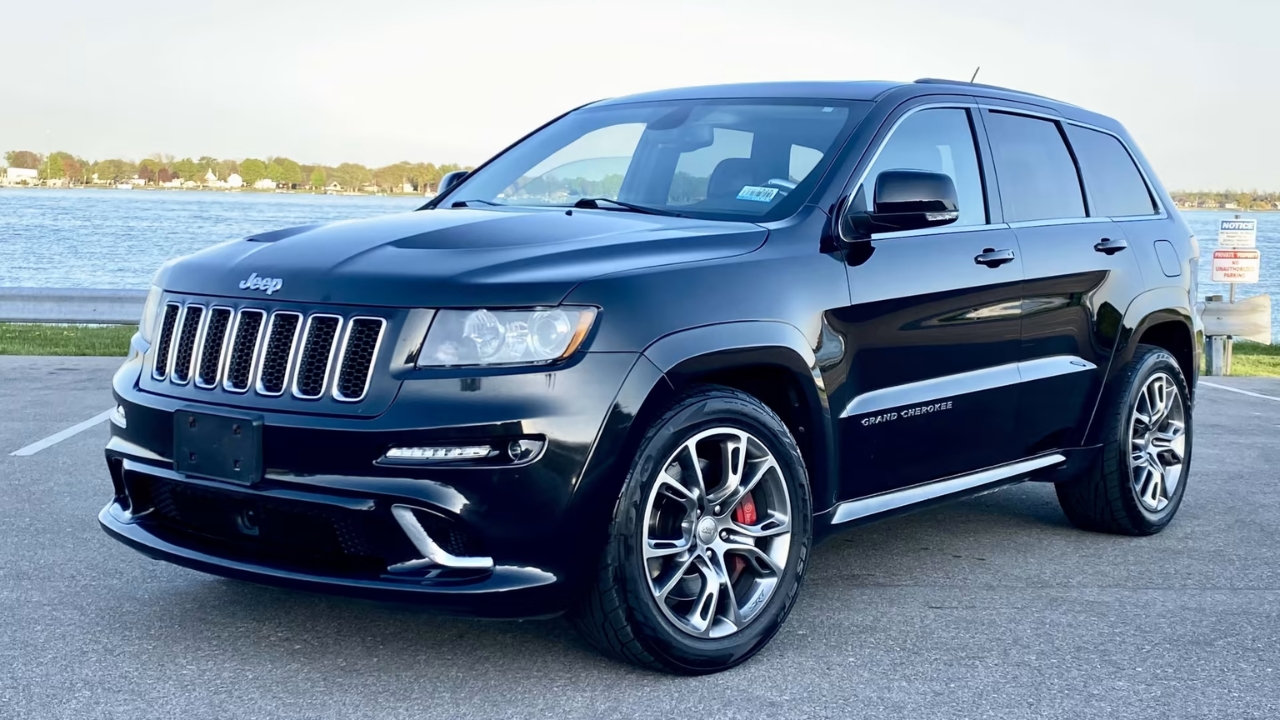
Now part of Stellantis, Mopar continues to exist as a worldwide parts and service brand. It’s responsible for accessories, warranty support, maintenance programs, and customer tech services across all Chrysler brands—including Jeep, Dodge, and Ram. Mopar Connect, its digital platform, manages everything from vehicle diagnostics to remote start. While most modern buyers don’t think of Mopar in racing terms, the brand is deeply embedded in how Chrysler services and supports its products.
It’s More of a Subculture Than a Brand Now
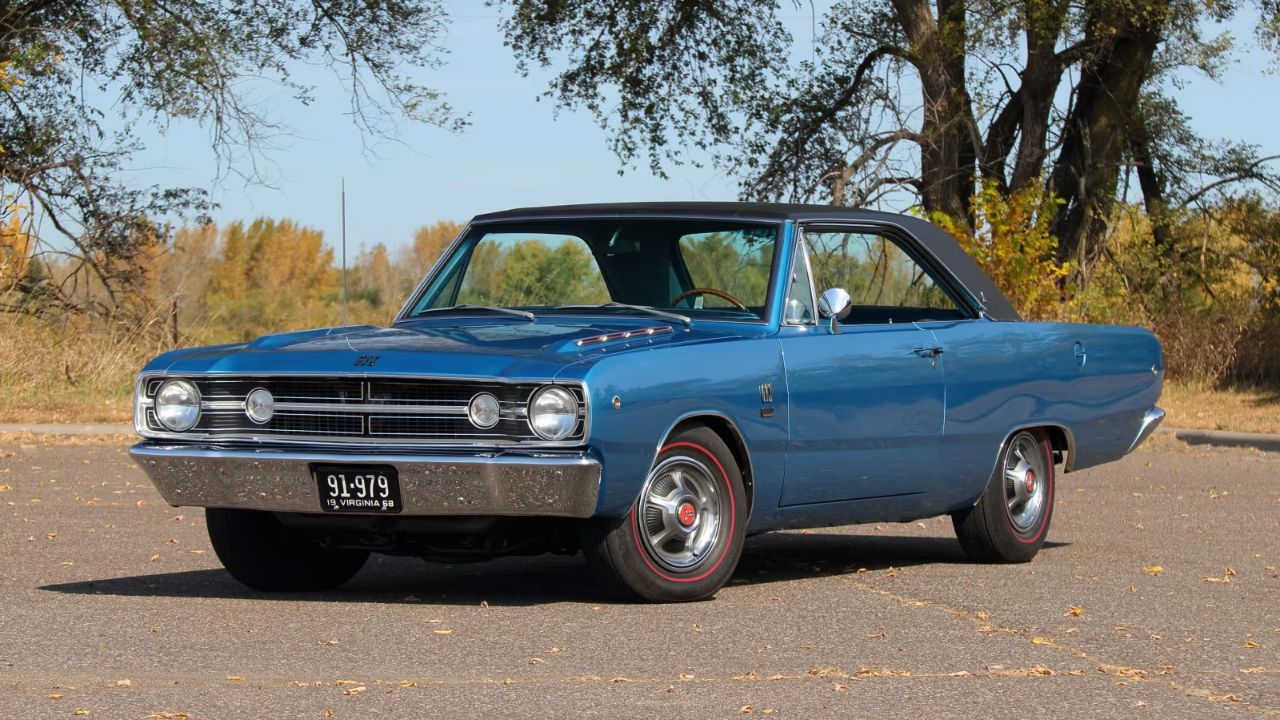
Mopar has evolved into more of a cultural shorthand than just a label. It represents a certain way of thinking about performance, history, and loyalty to a set of cars that were never meant to be mainstream. Whether it’s someone wrenching on a ’68 Dart in their garage or a Challenger owner with a “Mopar or No Car” decal on their rear window, the name lives on—less as a brand and more as a tribal identity. And that’s a rare thing in the modern car world.
Like Fast Lane Only’s content? Be sure to follow us.
Here’s more from us:
*Created with AI assistance and editor review.

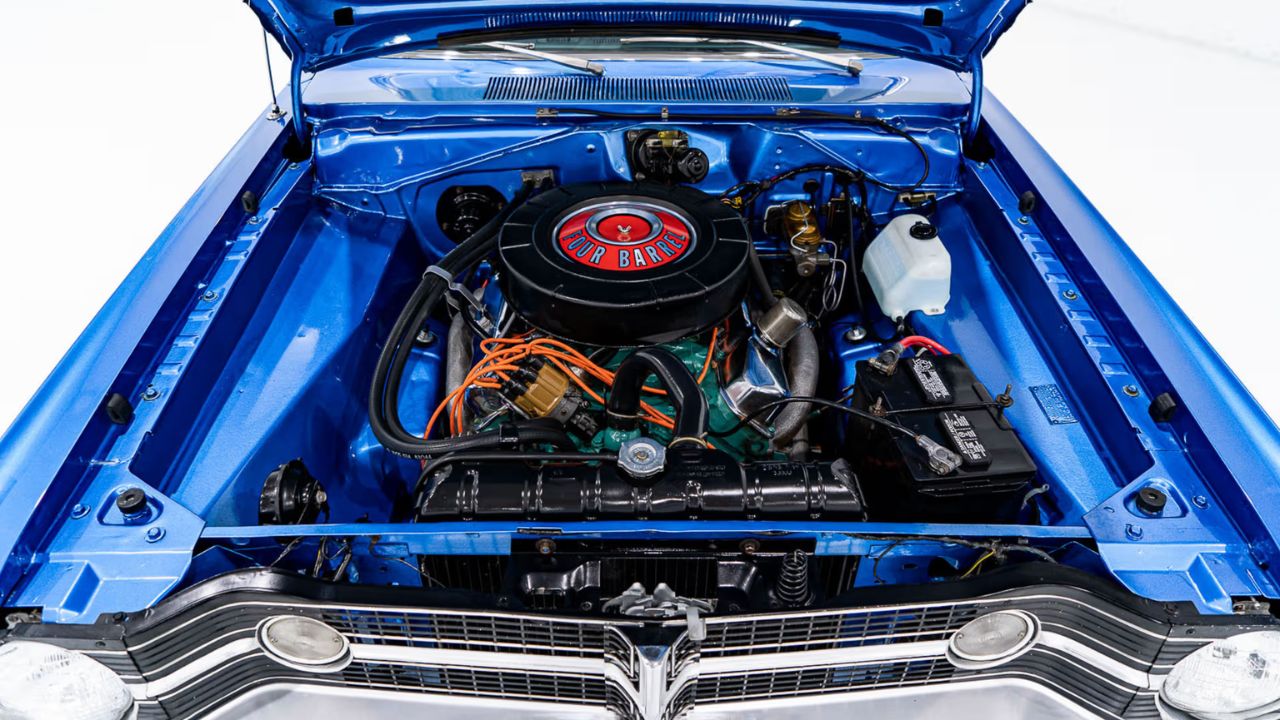
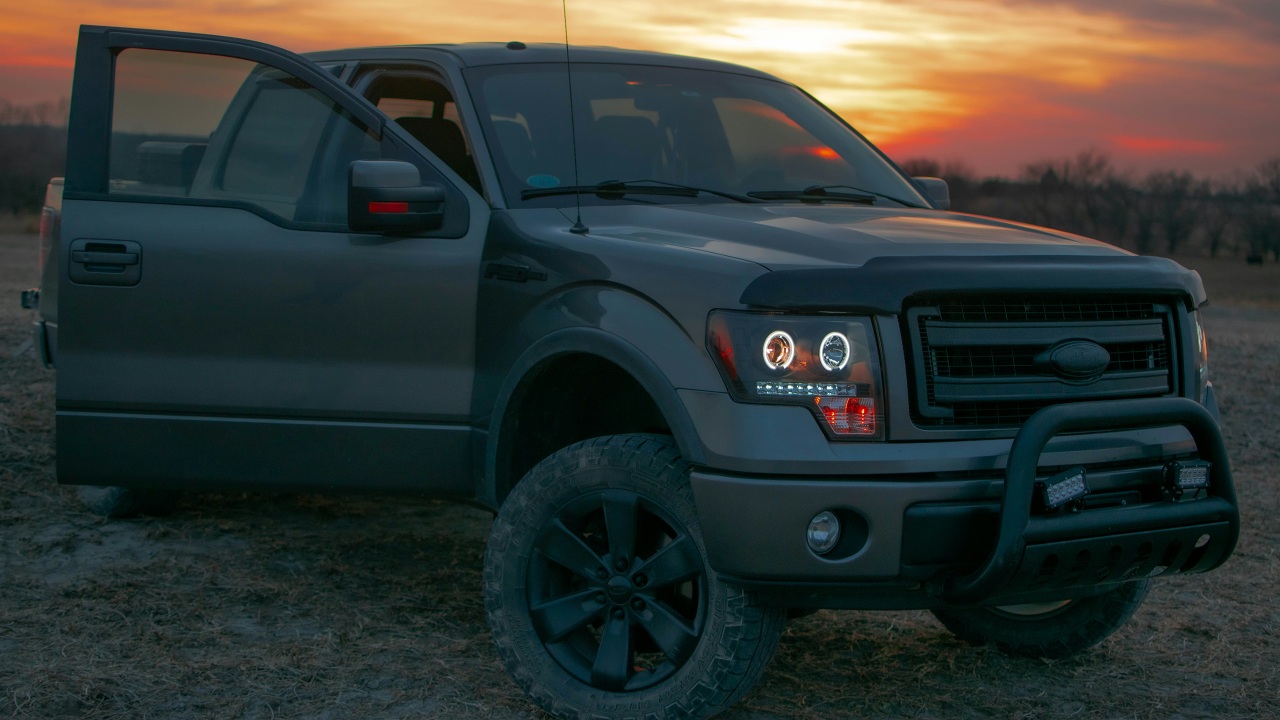
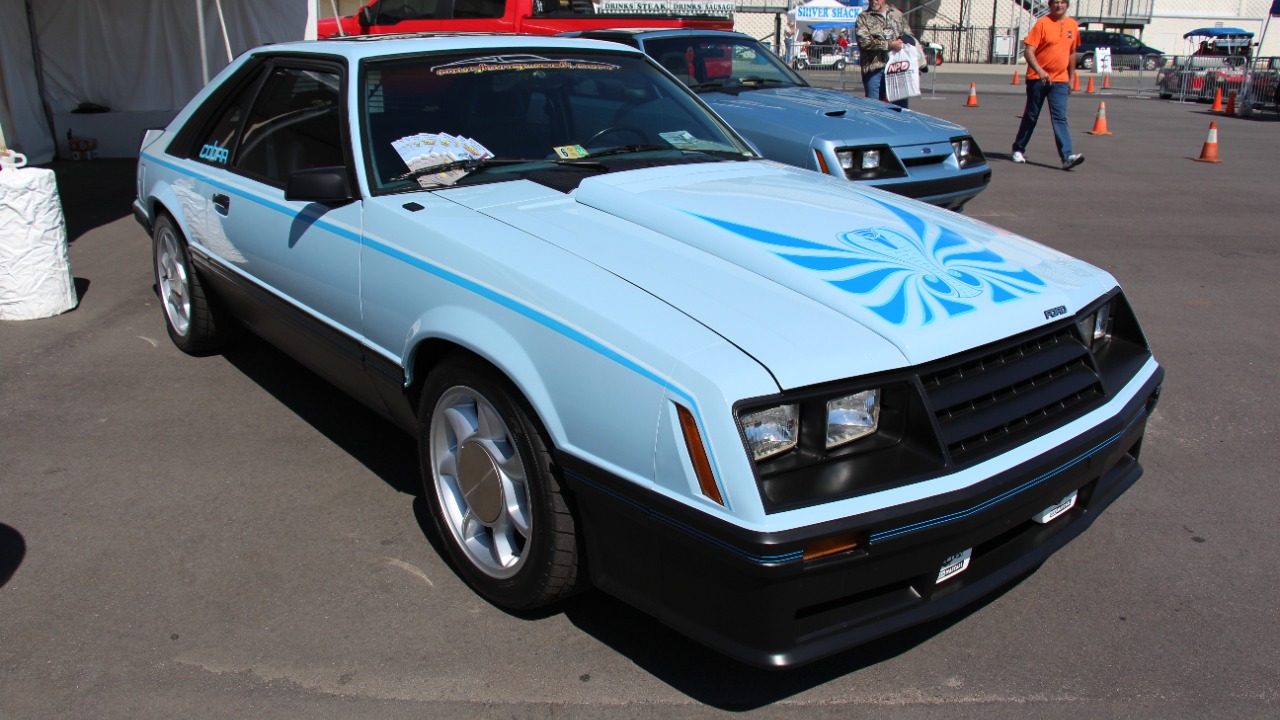
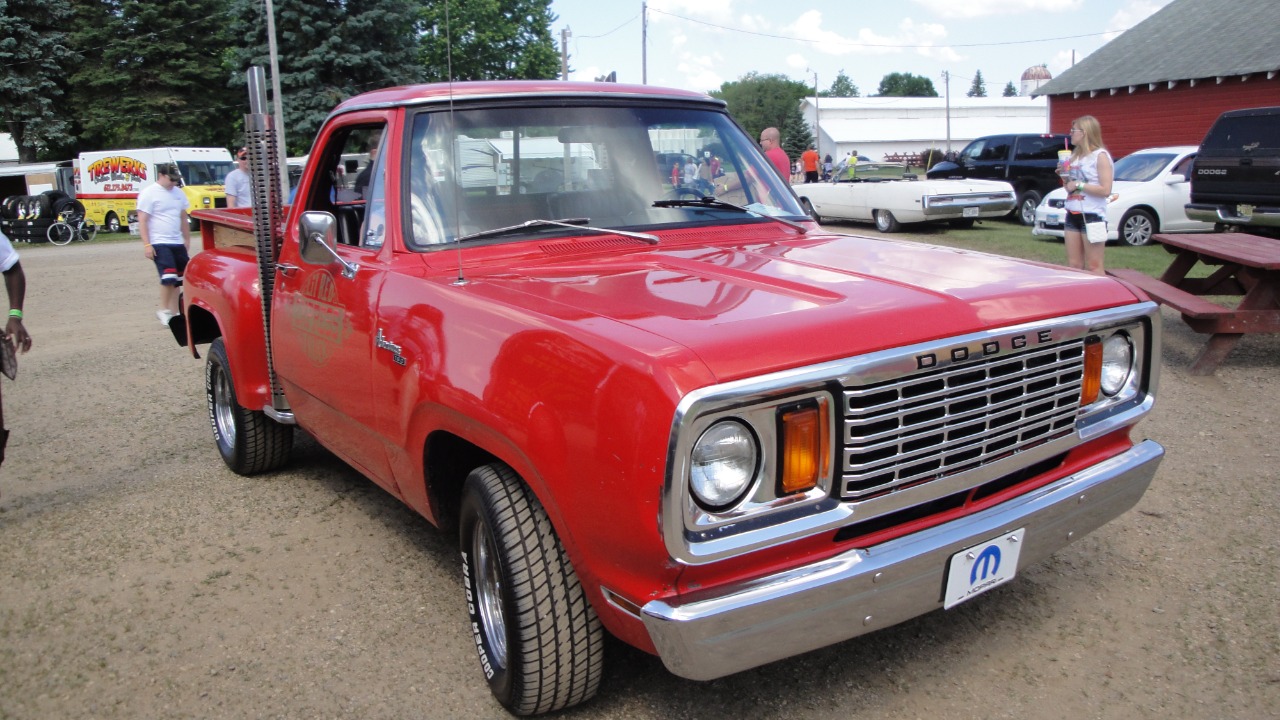

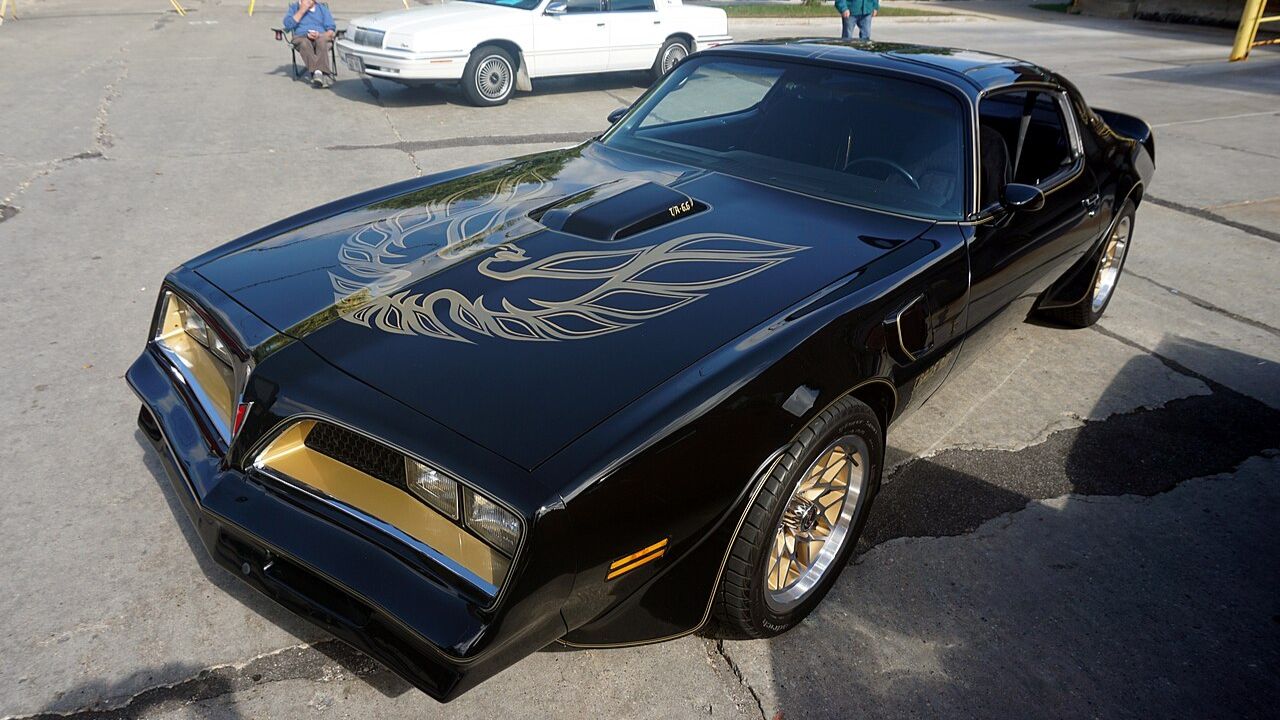
Leave a Reply